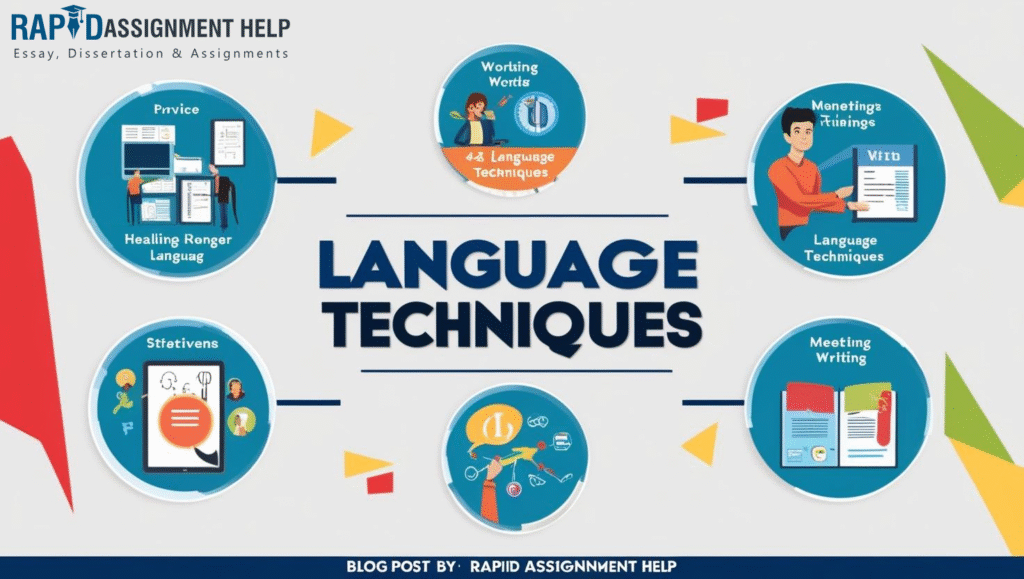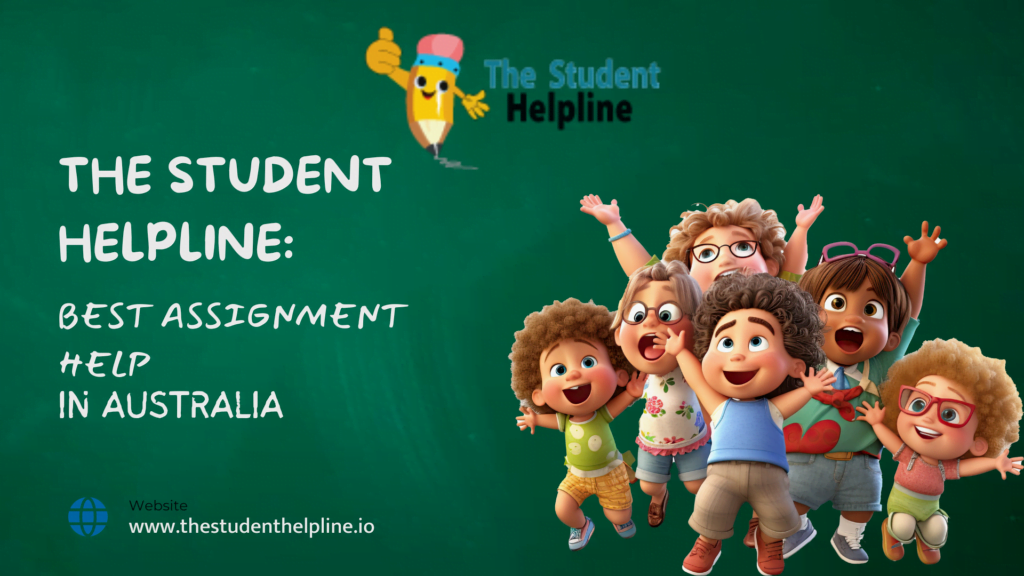Introduction: Say What You Mean with the Right Language Techniques
Clear, impactful communication is more than a skill—it’s a superpower in today’s fast-paced academic world. Whether you’re submitting an assignment, preparing for exams, or simply trying to articulate your thoughts effectively, mastering the right tools makes all the difference. At the heart of these tools lie English language techniques, empowering students to structure arguments, add depth to writing, and engage readers or listeners with clarity and style. In 2025, understanding these techniques isn’t just helpful—it’s essential. They’re the foundation of persuasive essays, thoughtful reflections, captivating speeches, and strong academic writing.
🎯 Why English Language Techniques Matter in 2025
The educational landscape is shifting. No longer is it enough to simply state facts or complete assignments. Teachers, professors, and employers look for clarity, impact, creativity, and critical thinking—all of which are expressed through language.
Learning these techniques will not only boost your academic performance but also enhance your confidence in both writing and speaking. They help students craft essays that stand out, speeches that persuade, and stories that captivate.
🧠 Top 2025 English Language Techniques Students Must Know
Let’s break down the most important techniques every student should understand, master, and use confidently in 2025.
1. Metaphor
A metaphor is a direct comparison that shows how one thing is another, helping explain complex ideas with vivid imagery.
Example: “Time is a thief.”
📌 Use it in: Essays, speeches, reflections, creative writing
2. Simile
Like metaphors, similes compare two things—but use “like” or “as.”
Example: “Her smile was as bright as the sun.”
📌 Use it in: Descriptive writing, creative narratives, character descriptions
3. Alliteration
Repeating consonant sounds at the beginning of words for rhythm and memorability.
Example: “Peter Piper picked a peck of pickled peppers.”
📌 Use it in: Speech writing, poems, titles, slogans
4. Personification
Giving human traits to non-human objects or concepts.
Example: “The wind whispered through the trees.”
📌 Use it in: Descriptive and creative writing, poetry, essays
5. Rhetorical Question
A question asked not to get an answer but to emphasize a point.
Example: “Isn’t it time we took action?”
📌 Use it in: Persuasive essays, speeches, debates
6. Juxtaposition
Placing contrasting ideas side by side to highlight differences.
Example: “He was calm in chaos.”
📌 Use it in: Essays, poetry, comparative analysis
7. Emotive Language
Words chosen specifically to trigger an emotional response.
Example: “Thousands of innocent lives were lost.”
📌 Use it in: Persuasive and argumentative writing, narratives
8. Tricolon (Rule of Three)
Using three elements in a row for rhythm and emphasis.
Example: “Life, liberty, and the pursuit of happiness.”
📌 Use it in: Essays, speeches, and formal writing
9. Oxymoron
Combines two opposite ideas into a single phrase to create contrast.
Example: “Deafening silence.”
📌 Use it in: Poetry, analysis, literary essays
10. Hyperbole
Exaggeration used for emphasis or humor.
Example: “I’m so hungry I could eat a horse.”
📌 Use it in: Creative writing, satire, dramatic storytelling
11. Anecdote
A short, personal story used to illustrate a point.
Example: “When I failed my first essay, I learned more than from any A+ I’d earned.”
📌 Use it in: Reflective essays, persuasive writing, speeches
12. Anaphora
Repeating the same word or phrase at the beginning of successive clauses.
Example: “We will fight. We will rise. We will win.”
📌 Use it in: Speeches, poetry, inspirational writing
13. Irony
Expressing something contrary to what’s expected for dramatic or humorous effect.
Example: “A pilot afraid of heights.”
📌 Use it in: Satirical essays, literary analysis, creative writing
14. Onomatopoeia
Words that imitate natural sounds.
Example: “The bees buzzed by the flowers.”
📌 Use it in: Descriptive writing, poetry, sensory scenes
15. Assonance
Repetition of vowel sounds within close proximity.
Example: “The rain in Spain falls mainly on the plain.”
📌 Use it in: Poetry, creative writing, literary rhythm
📝 How These Techniques Help in Assignments
English language techniques do more than add flair—they shape how your ideas are perceived. Here’s how they directly improve assignment work:
-
Better structure through tricolon and anaphora.
-
Stronger arguments using rhetorical questions and emotive language.
-
Improved creativity with metaphors, similes, and personification.
-
Advanced analysis when identifying and evaluating techniques in texts.
-
Engaging storytelling with anecdotes and onomatopoeia.
Students who use these techniques effectively show a deeper understanding of both content and communication—key for top grades in 2025.
📚 Where Students Are Using These Techniques
In 2025, students apply these techniques across a wide range of assignments and platforms:
-
Essay writing (especially for literature, history, politics)
-
Creative writing (stories, poems, reflective journals)
-
Speeches and debates
-
College applications and personal statements
-
Social media posts and content creation
-
💡 Practice Tips to Master English Language Techniques
To fully integrate these techniques into your writing:
-
Create a Technique Journal – Record examples you find in books, ads, or speeches.
-
Practice Daily Writing Prompts – Focus on 1–2 techniques per paragraph.
-
Use Flashcards or Quizzes – Reinforce definitions and applications.
-
Peer Review – Exchange essays with friends and identify techniques used.
-
Analyze Famous Speeches – Note how leaders use language to persuade.
-
🧾 Final Thoughts: Set Yourself Apart in 2025
In an academic environment where communication is everything, mastering these English language techniques can be the edge that sets you apart. Whether it’s making your essay more persuasive, your speech more inspiring, or your story more moving, these tools are essential for every student’s success in 2025. Take the time to practice them. Reflect on how and when to use them. And most importantly—make them your own.













































